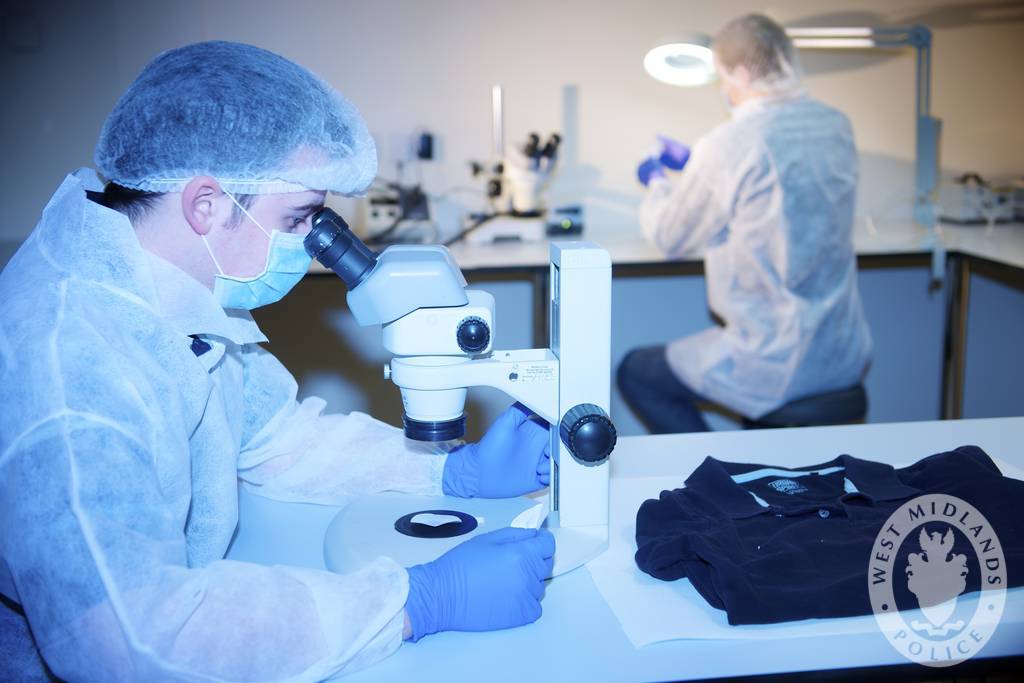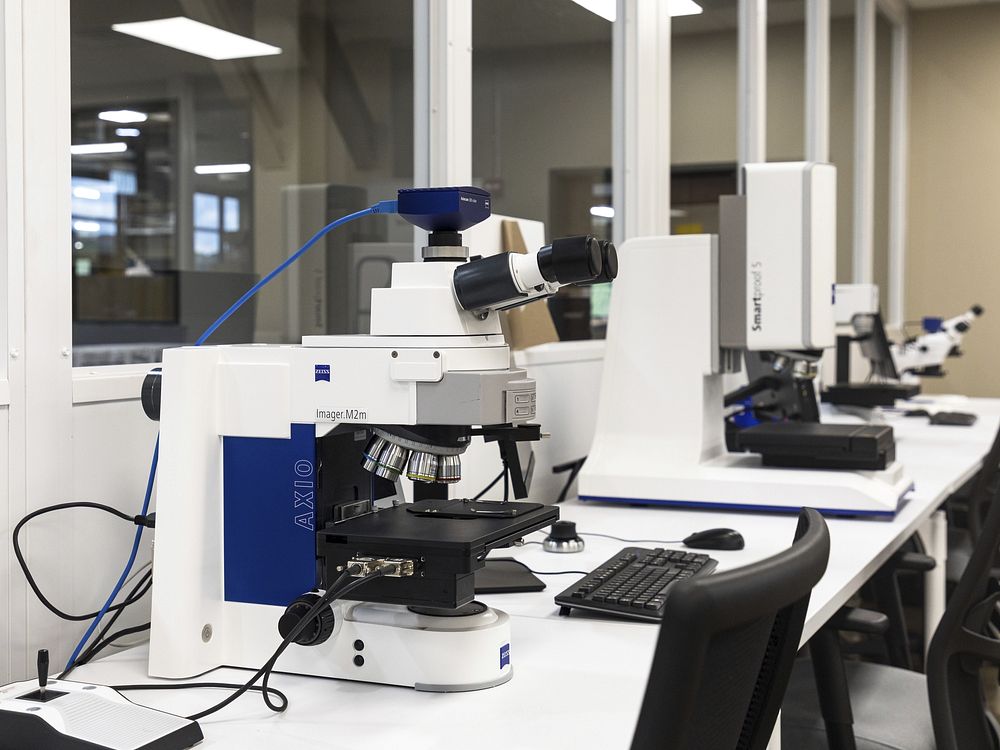Now Reading: Forensic Toxicology in the Era of Emerging Psychoactive Substances
-
01
Forensic Toxicology in the Era of Emerging Psychoactive Substances

Forensic Toxicology in the Era of Emerging Psychoactive Substances
1. Introduction
Forensic toxicology serves two primary functions: it assists the criminal justice system by establishing a link between toxic agents and legal cases, and it supports public health by identifying drug-use trends in society and providing evidence for the development of appropriate emergency care. Traditionally, the field of forensic toxicology had been relatively stable, primarily focusing on ethanol, narcotics, and a limited range of poisons. New psychoactive substances (NPS) destabilised that equilibrium. NPS are synthetic analogues of traditional drugs, such as cannabis, cocaine, MDMA, or opioids. NPS typically have only minor chemical modifications that make them undetectable in standard toxicology screening assays and unregulated under regular drug laws. The global impact of NPS is noteworthy. The UN Office on Drugs and Crime (UNODC) stated that, as of early 2023, over 1,200 distinct NPS have been reported in more than 140 countries. NPS are frequently purchased on the internet as “legal highs,” “research chemicals,” or disguised herbal products, making an already challenging field for forensic toxicologists and regulators even more difficult. In contrast to many illicit drugs that have been researched for many years, most novel psychoactive substances do not have toxicokinetic and pharmacological studies available, which limits detection and interpretation.
2. Historical Development of Forensic Toxicology
2.1 Early Foundations (19th Century)
Mathieu Orfila formalised toxicology as a forensic science in 1813 when he published Trait des poisons, a seminal text that articulated the effects of poisons on human physiology. In the development of his text, he systematically emphasised chemical analysis, which helped establish forensic toxicology as a discipline that relies on scientific and empirical foundations. Cases of poisoning, especially those involving arsenic, were the primary focus of forensic toxicology in the 19th century.
2.2 20th Century Milestones
The 20th century saw a shift in focus through widespread testing for illicit drugs and alcohol. With the introduction of the Breathalyser in 1954, ethanol testing entered the realm of forensic toxicology. In subsequent decades, tests for the presence of morphine, cocaine, and benzodiazepines with biological samples emerged, and chromatographic and spectrographic tests solidified in detection methods, bringing about greater accuracy and reproducibility.
2.3 The 21st Century: The Age of New Psychoactive Substances
In the early 2000s, synthetic cannabinoids (often called “Spice”) and synthetic cathinones (often referred to as “Bath salts”) were introduced as recreational drugs. They quickly gained popularity through online marketplaces as chemists continually modified the molecular structure of the products to evade legal regulations. New Psychoactive Substances (NPS) presented a “double challenge” because there were no established cutoffs or interpretative data associated with drugs, and they had unknown toxicity (Norman et al., 2024).
3. Analytical Methods in Forensic Toxicology
3.1 Screening Methods
- Immunoassays remain a common choice for preliminary screening due to the speed and low cost of the method. However, immunoassays have poor sensitivity and specificity for NPS, resulting in many false negatives and cross-reactivity with other drugs and compounds.
- Enzyme-linked immunosorbent assays (ELISAs) have been adapted for synthetic cannabinoids, but newer versions must continually be developed as new synthetic cannabinoids emerge.
3.2 Chromatographic Techniques
- Gas Chromatography-Mass Spectrometry (GC-MS): GC-MS is often regarded as the “workhorse” of toxicology, enabling the identification of volatile compounds. However, derivatisation is often required for new psychoactive substances (NPS), and other non-volatile compounds are more difficult to analyse.
- Liquid Chromatography-Tandem Mass Spectrometry (LC-MS/MS): LC-MS/MS has become a mainstay of forensic toxicology, enabling the detection of a broad range of polar and thermally labile drugs in blood, urine, and hair.
3.3 High-Resolution Mass Spectrometry (HRMS)
High-Resolution Mass Spectrometry (HRMS) (i.e., Orbitrap, QTOF) is the most advanced technology for detecting new psychoactive substances (NPS). HRMS collects full-scan accurate mass spectra, enabling non-targeted screening and subsequent identification of the compound(s) after testing. This is particularly useful due to an ever-evolving NPS market.
4. Applications of Forensic Toxicology
4.1 Postmortem Analysis
Toxicology has an important role in determining the cause of death in suspected overdoses. When considering NPS cases, postmortem results are complicated by the effects of polydrug use and lack of reference ranges. Case studies of overdoses related to synthetic opioids, especially fentanyl analogues, highlight the deadly nature of NPS.
4.2 Law Enforcement and Courtroom Evidence
Toxicology is a key pillar of drug-impaired driving, workplace testing and criminal investigations. With new psychoactive substances (NPS), roadside immunoassays often result in negative results; thus, referral to confirmatory testing, using LC-MS/MS, is required. The absence of any organisation to set standardised cut-off values for functioning impairment compounds interpretation in the courtroom.
4.3 Clinical Toxicology and Public Health
As hospitals are beginning to see an increase in NPS overdose presentations, the speed of toxicological analysis can provide rapid guidance in clinical management, particularly with the more life-threatening synthetic opioids. The movement of forensic toxicology into the clinical space necessitates an agreement between these two fields to properly manage public health threats.
5. Future Perspectives
The future of forensic toxicology is shaped by innovations aimed at overcoming the analytical and interpretative challenges posed by new psychoactive substances (NPS). Artificial intelligence and machine learning are expected to revolutionise toxicology by predicting pharmacological activity of untested compounds, automating the interpretation of high-resolution mass spectrometry (HRMS) data, and supporting real-time database updates. Advances in toxicogenomics may provide insights into genetic variability in drug metabolism, helping explain why certain individuals are more susceptible to fatal overdoses. Furthermore, the development of portable detection systems, such as nanopore sequencers and nanotechnology-based biosensors, will enable rapid on-site testing at crime scenes, airports, and clinical settings. On a global scale, international early-warning networks, such as the UNODC Early Warning Advisory and the EMCDDA monitoring system, are becoming increasingly important for sharing information about emerging substances and supporting cross-border investigations (Norman et al., 2024). While these advancements promise more sensitive, rapid, and intelligent toxicological analyses, their successful implementation will require not only technological innovation but also ethical oversight, standardised protocols, and global cooperation.
6. Conclusion
Forensic toxicology has changed significantly, transitioning from detecting poisons in the 1800s to confronting new synthetic drugs in the 221st century. NPS has created an incredibly dynamic space where analytical progress, legislative change, and global collaboration are necessary. There have been significant advances in high-resolution mass spectrometry (HRMS), nanotechnology, artificial intelligence, and the ‘omics’ fields (genomics, proteomics, metabolomics). However, these will not resolve concerns regarding interpretation and regulation. Forensic toxicology needs to facilitate the marriage of technological advances and public policy on a global scale to achieve the benefit of justice and public health in the ever-evolving drug marketplace.










